Among city buildings, there is a network of spaces that create and strengthen connections at different levels of influence. In a book, they would be between the lines: the implicit meaning between concrete. Public spaces, which fill the urban gaps with life, are directly associated with the construction of what we call a city and influence the relationships that are created within them.
“When we refer to the streets and other public spaces of a city, we are actually talking about the city’s own identity. It is in these spaces that human exchanges and relationships, the diversity of use and the vocation of each place and the conflicts and contradictions of society are manifested,” explains Lara Caccia, Urban Development Specialist at WRI Brasil Cidades Sustentáveis, in her dissertation Urban mobility: public policies and the appropriation of space in Brazilian cities.
Public areas shape community ties in neighborhoods. They are places of encounter and can facilitate political mobilization, stimulate actions and help prevent crime. They are environments for interaction and exchange of ideas that impact the quality of the urban environment. While not considered “public spaces,” cafes, bookstores and bars have similar impacts. Public spaces also present health benefits, both physical and mental: people feel better and tend to be more active in attractive, public spaces.
Read the full article on The City Fix
Author: Priscila Pacheco
Recommended by Luisa Bravo

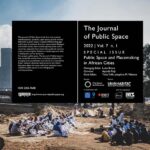

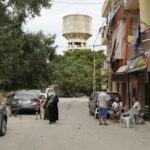
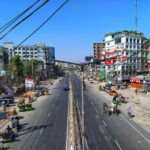
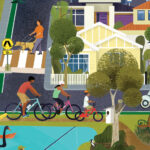
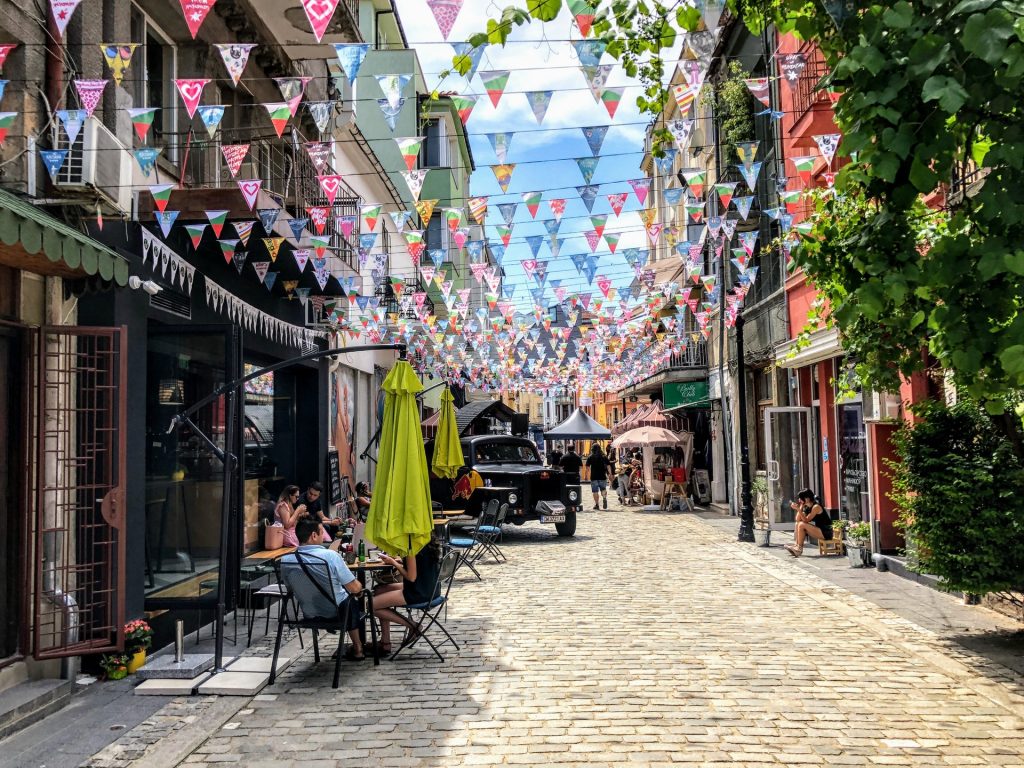
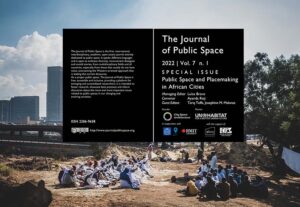
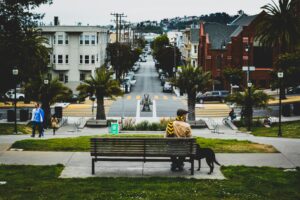
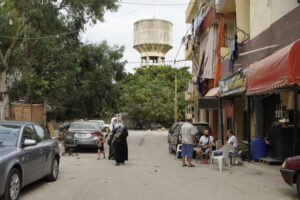
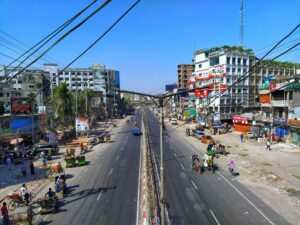
More Stories
Public Space and Public Life Studies
Defining Placemaking: What Does It Really Mean?
The State of Public Space in 2025